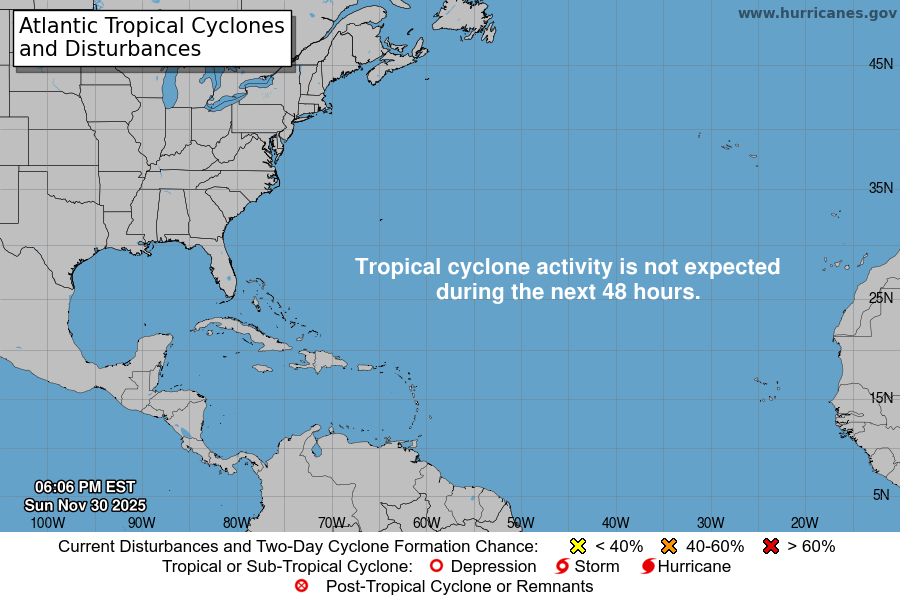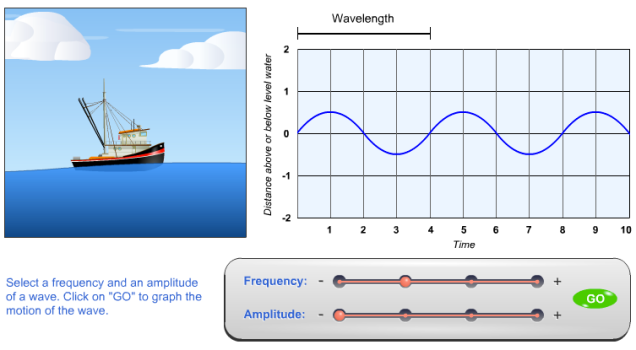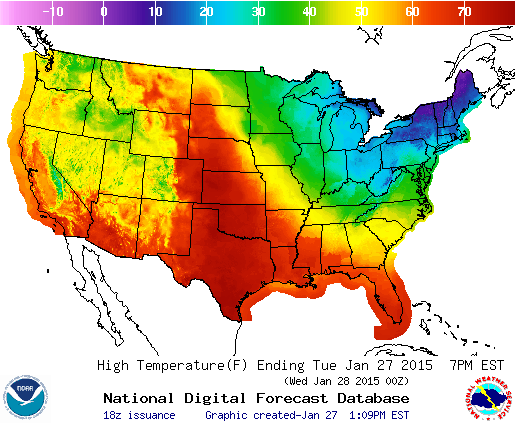
Updated August 2016
We are heading into Peak Hurricane Season, with forecasts predicting 12-17 named storms. Using the resources below, students can track Tropical Storms and Hurricanes, as well as learn about how hurricanes form, the parts of a hurricane, the difference between a tropical storm and a hurricane, and the intensities of hurricanes with this mini-unit from my Adopt-a-City Weather Unit (link).
Hurricane Resources:
- Hurricane Notes (pdf) –
- How are hurricanes named?
- Which storm was more destructive, Katrina or Sandy?
- Tracking Hurricanes (Google spreadsheets)
- Choose any one Hurricane and plot it on the NOAA/NWS Atlantic Basin Hurricane Tracking Chart (pdf)
- Practice latitude and longitude: plotting hurricanes worksheet (pdf)
- Hurricane Isabel 2003: tracking and analysis of Hurricane Isabel (pdf)
- BrainPOP Hurricanes Video (link) & Activity Sheets (link)
- this website needs a subscription to view video and activity
View Current Activity using WunderMap: https://www.wunderground.com/wundermap/
- Layers: Click on Tropical – deselect any other layers to make map less cluttered for now
- Check the box next to Hurricanes/Typhoons to view activity for the US
- The “Legend” tab will show Hurricane categories
- There may not be any activity today
- Check the box next to Sea Surface Temperature to view ocean temperatures


Interactive Activities
- Create-a-Cane (link)
- Aim a Hurricane (link)
- Hurricane Tracker (link)
- How Hurricanes Form (link)
- NatGeo – Forces of Nature (link)
- Saffir-Simpson Scale (link) – What happens when a hurricane hits?
Additional Resources:







